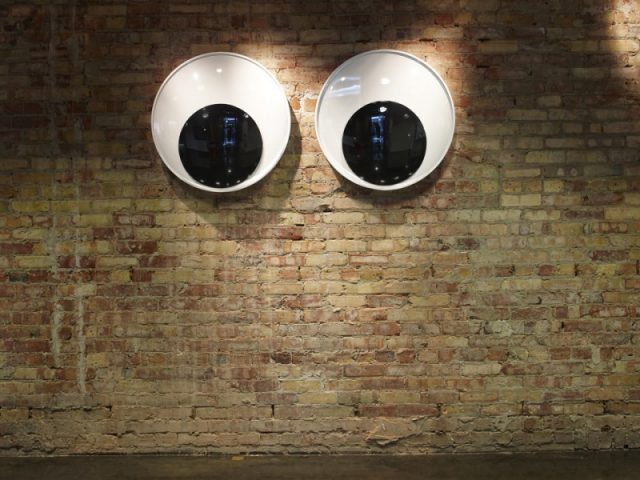Olafur Eliasson is one of the big names when talking about how materiality can be produced and perceived in unconventional ways. In contrast with other projects where he focuses on the use of light and visual effects to mislead our vision, this one explores the nature of time by diminishing our seen reality. It comes to my mind another artist that has also explored time in his pieces, again with strobe lights, to obtain that low-framerate effect.
‘kinematope [gare d’austerlitz]’ (2014) and ‘kinematope [croisement]’ (2018) are some of the immersive light installations created by the Spanish artist Pablo Valbuena that explore the manipulation of time to transform an architectural space. In these installations, a set of spotlights ignite keeping up with a fluctuant rhythm that speeds up in time. The dark space becomes timeless, and the visitor loses his conscience of movement. The shadows freeze and space turns into an expanded zoetrope.
Original post:
Other projects reviewed: Christian Marclay’s ‘The Clock’, Dirk Koy’s ‘Escape Route’, Richard McGuire’s ‘HERE’, Charles Lohr’s ‘Non-Euclidian Renderer’.

